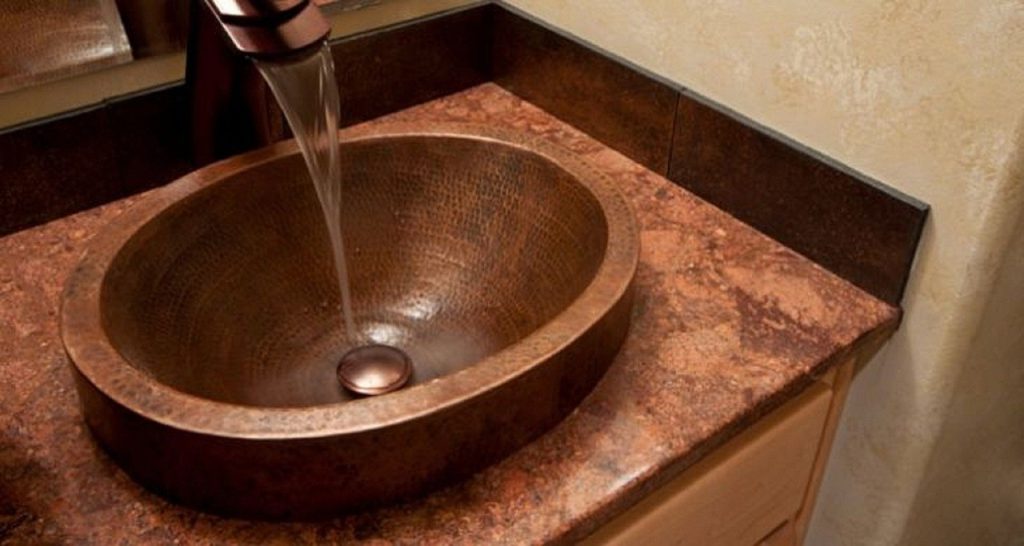The Advantages of Barrier-Free Washrooms for Restaurants
In today’s world, the importance of inclusivity in public spaces cannot be overstated. Accessibility is more than just a buzzword; it’s an actual call to action.

When we consider the vital role restaurants play in our society, ensuring they and their washrooms are accessible to all, becomes paramount.
Barrier-free or accessible restrooms are not just about meeting legal requirements but about addressing the broader scope of universal access and inclusivity.
Understanding Barrier-Free Washrooms
A barrier-free washroom goes beyond just being labeled as ‘disabled-friendly’. It’s a restroom designed with features that cater to a broad range of needs.
This includes ramps for wheelchair access, grab bars for support, and wide doors to accommodate mobility aids.
A truly accessible washroom is designed be in line with standards such as the ADA’s (Americans with Disabilities Act) which ensures no-step entry and an array of other features that promote ease of use.
Customer Satisfaction
There’s a direct correlation between the accessibility of facilities and customer satisfaction.
Consider this: a family decides to dine out, and one of their members uses a wheelchair to be mobile. The restaurant they choose will most likely be the one where this family member can comfortably use the washroom and they have probably already scouted wheelchair-accessible restaurants in the area.
They do this to reduce the embarrassment of their family member and they all are likely to be more satisfied when frequenting such establishments because their family members’ needs are considered.
Personal experiences like these significantly impact customer satisfaction and usually lead to positive feedback and good reviews.
An accessible restroom means more positive reviews and returning customers, promoting inclusive services that everyone can enjoy.
Business Benefits
Barrier-free washrooms are more than just a facility – they’re a testament to a restaurant’s commitment to serving all customers equally. They may seem like an additional expense to some restaurant owners, but the long-term benefits far outweigh the costs of installing one.
For one, there will be an obvious increase in the customer base because more people from diverse backgrounds are accommodated. Word of mouth is powerful, and satisfied customers often spread the word about restaurants that cater to everyone’s needs.
This publicity is almost guaranteed to boosts sales and it ensures a loyal clientele who appreciate and recognize the efforts you’ve made as an owner. The enhanced market reputation further adds to a restaurant’s appeal.
Compliance and Legal Aspects
Beyond the ethical and business benefits, there’s also a legal aspect to consider.
Various regions of the world have laws, like the ADA in the USA and the Ontario Building Code in Canada that mandate certain accessibility features for public spaces, including restaurants.
Ensuring that all public washrooms meet these legal requirements not only avoids potential legal complications but also showcases the restaurant as compliant and responsible.
The Moral Responsibility
While financial and legal aspects are important, the moral responsibility of providing barrier-free washrooms is paramount too. As business owners we do have a responsibility to ensure that all customers feel that they’re welcomed.
Inclusivity shouldn’t be considered only as a business strategy or a legal checkbox to check-off, but instead as an ethical imperative. Ensuring that everyone – irrespective of their physical capabilities – has equal access to facilities reflects social responsibility and ethical business operations.
Barrier-Free Washrooms and Brand Image
When a restaurant builds barrier-free washrooms, it does wonders for its brand image.
In a world where customers value businesses that showcase social responsibility, having accessible facilities can significantly enhance brand reputation. Positive public relations and brand loyalty are just some of the many benefits that come with it and customers are more likely to support and endorse a brand that takes active steps towards complete inclusivity.
Some Challenges to Implementing Barrier-Free Washrooms
While the advantages of barrier-free washrooms are evident, there are some challenges that must be faced.
Space constraints, especially in older establishments, can pose a hurdle. Financial implications, from renovation costs and maintenance, can be another concern.
But with proper planning and intelligent investing, these challenges can be overcome in short time. There are also many solutions such as grants for renovations, and innovative space management techniques that can help restaurateurs in their journey towards full accessibility.
Should You Start Renovating?
The benefits of installing an accessible washroom – both tangible and intangible – far outweigh the challenges. For restaurants looking to enhance their brand image, cater to a broader customer base, and showcase their moral responsibility, installing barrier-free washrooms are the way forward.
Before the renovation, you’ll want to consider the areas that you’ll want to upgrade. These can include but are not limited to:
- Make sure to paint after the renovation
- You can install accessible hand dryers
- Hire a cleaning service for weekly cleaning
- Install sanitary dispenser machines and change tables
- Install accessible mirrors for disabled persons
There are quite a few things you can do to ensure your public bathrooms are accessible. Here are some tips on getting the most out of a commercial washroom makeover.
To get sarted, take the first step, and start researching renovation companies in your area and discuss with them the potential costs and length of time the job could be done. If you play your cards right, in less than six months you could have a completely new washroom that makes your customers and your employees happy too.

